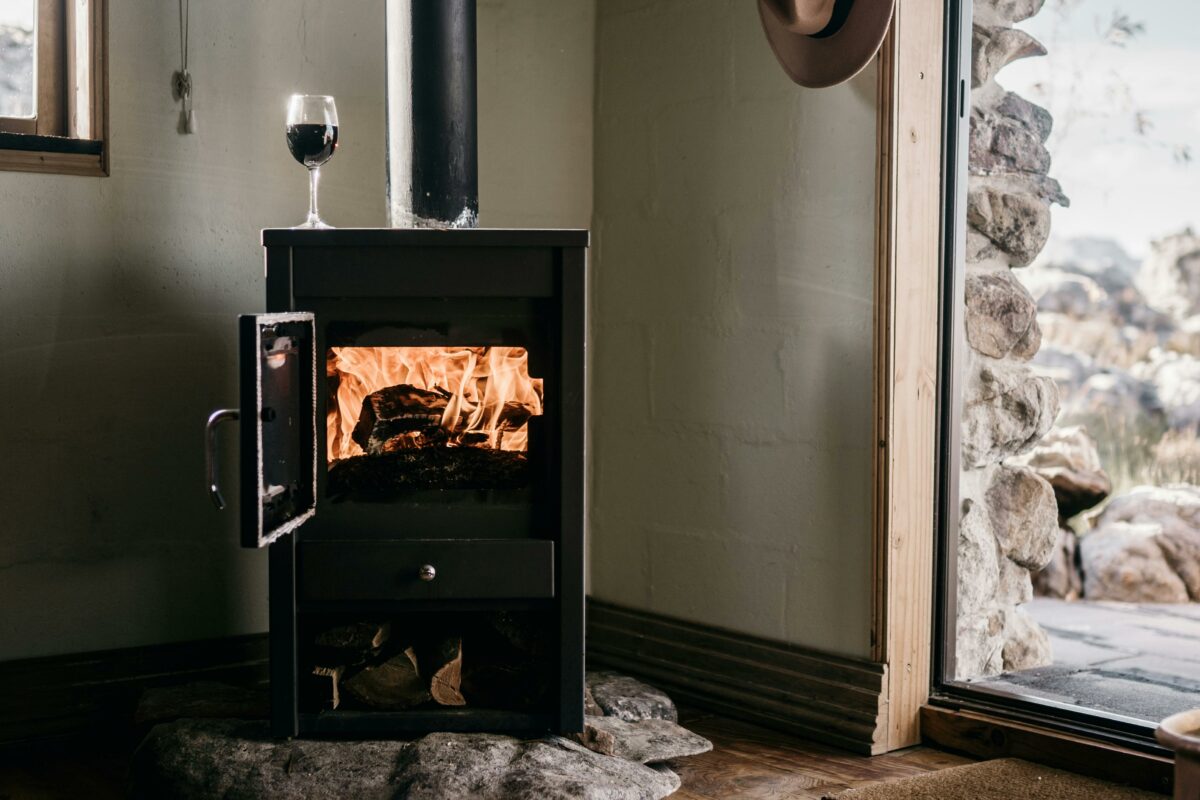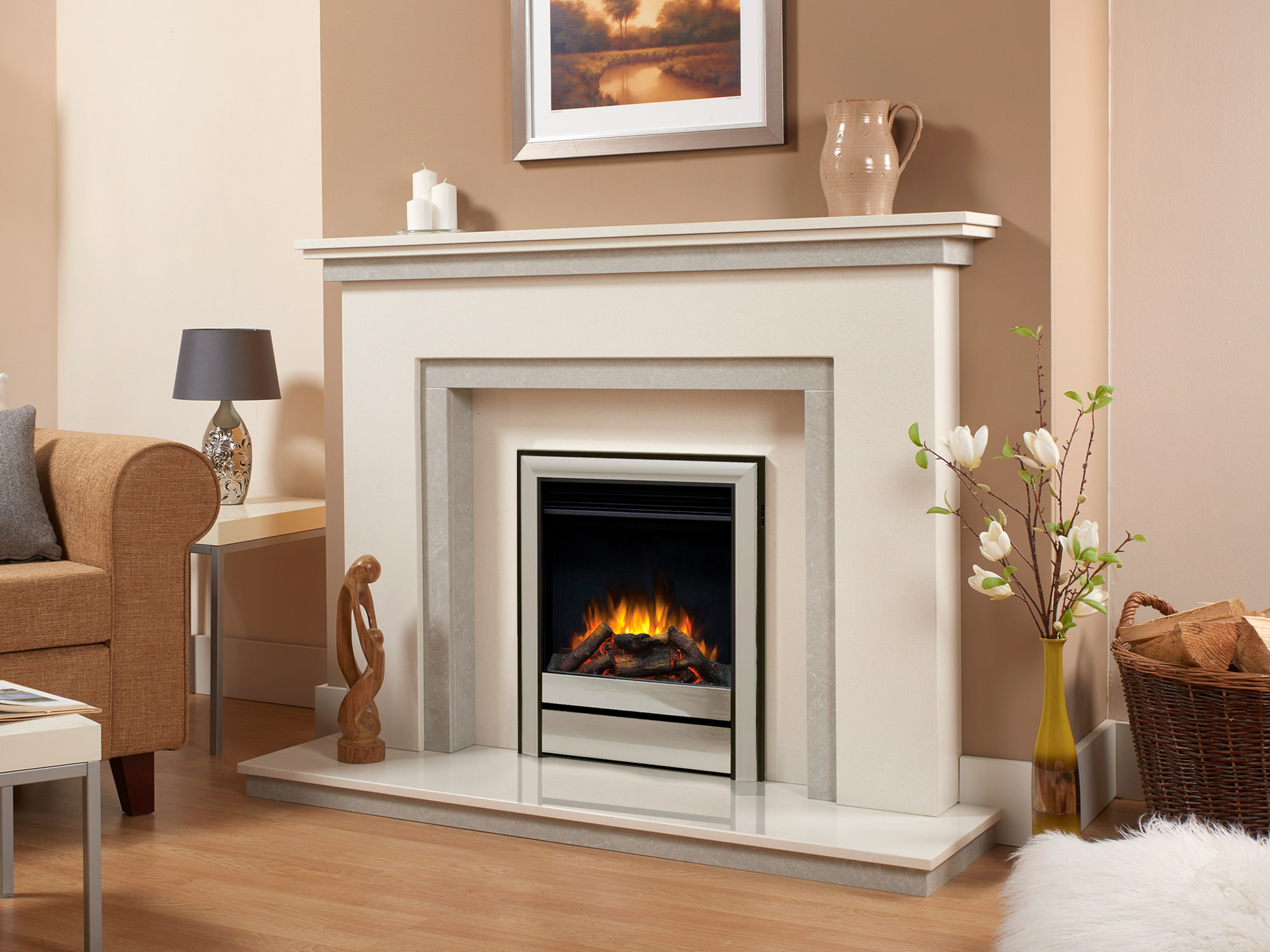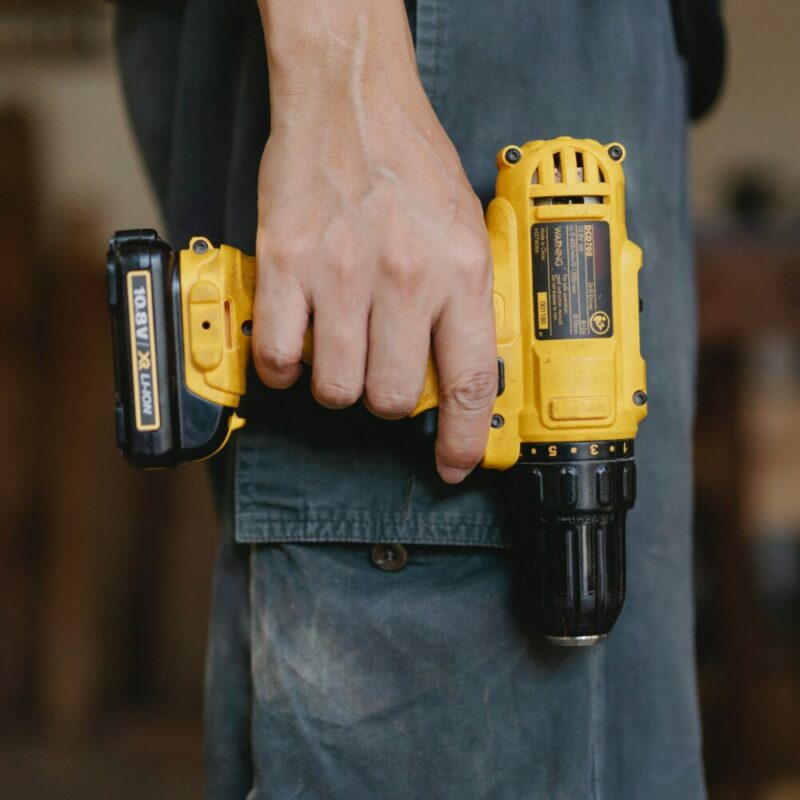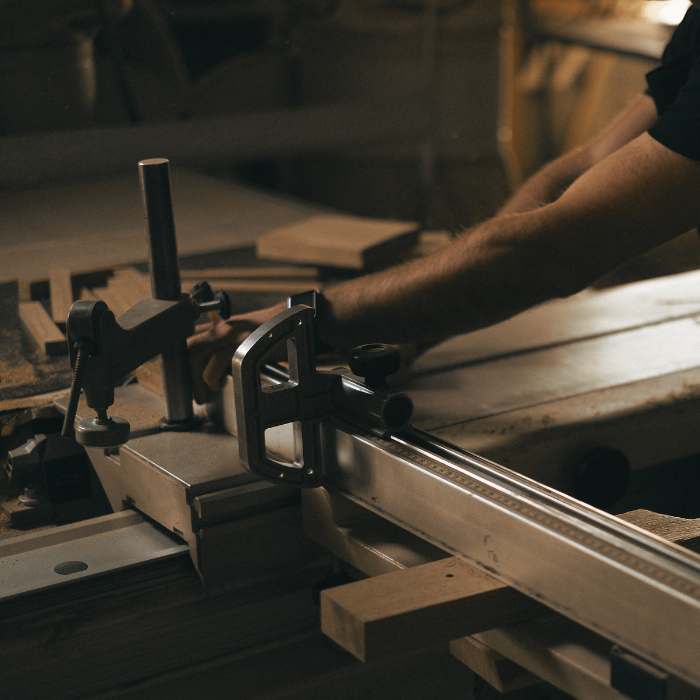
Table of Contents
When you want to make a house a home, nothing comes close to the cosy ambience of a wood-burning stove. Picking out the style you want, and planning the rest of the room like whether to get an oak fireplace beam or maybe a fire surround is fun, but the installation can often cause headaches.
If you were opting for a simple electric fire instead of a wood burner, you’d know to contact an electrician. If you wanted to add a gas fire, you’d know to contact a gas fitter (find out how to find a good one here). But when you want an expert hand when installing a wood burning stove, who do you hire?
Let’s dive right in to answer some of the burning questions so you know everything there is to know about giving your home the finishing touch it deserves.

Cost of Installing a Wood Burning Stove in 2024
The cost of fitting log burning stoves in the UK in 2024 will vary according to your location, the style and size of your home, the complexity of the work, and whether any additional work is required. Here are the two main categories of installation with guideline prices:
- You have an existing chimney: If you already have a chimney—and assuming it passes the checks—a skilled professional installing a wood-burning stove would cost between £850 and £1,500.
- You don’t have an existing chimney: This is slightly more complex and expensive as you’ll need a liner before installing a wood burning stove. You can expect to pay between £1,000 and £2,500 for your installation in this case.
The key is to get a range of quotations to see the current market rate and find someone you trust to do a great job. The only problem now is who you need to add to your shortlist of quotes.
What Skills Should You Look for in a Wood Burning Stove Installer?
Installing a wood-burning stove is specialist work that requires a combination of skills:
- Experience: Ensures that everything will run smoothly from beginning to end.
- Attention to Detail: Guarantees that the quality of the finishing matches the quality of your new stove.
- Punctuality: Prevents your living room from looking and feeling like a building site for any longer than necessary.
- Adaptability: Allows for necessary modifications during the installation, especially in older homes where the chimney may have been bricked up.
Finding a professional who ticks all of these boxes is essential. Now that you know what skills to look for, the next step is to find a qualified installer. The first port of call is often a government-recognized approval scheme, known as a Competent Persons Scheme (CPS). The most well-known is HETAS, but there are others worth considering!

Dispelling the HETAS Myth: Understanding CPS Schemes
The Heating Equipment Testing and Approval Scheme (HETAS) is indeed one of the UK’s leading approved specialist schemes, but it is not the only competent person scheme available.
One of the most pervasive myths in the solid fuel industry is the belief that HETAS is the only certification scheme that ensures a proper installation. This misconception is so widespread that even manufacturers, councils, and retailers often fall for it. However, this is largely due to effective marketing, and you shouldn’t let the brand sway your choice of installer.
Other notable schemes include: OFTEC, APHC, BESCA, Certsure and NAPIT. Below is a screenshot from the .gov website showing their recognised CPS schemes for Solid Fuel Installations.

All of the above schemes assess the quality, experience, and professionalism of everyone they accredit so that their registration is a mark of quality. The idea is that whenever you find a local tradesman with an ID showing their accreditation, they will be able to take care of installing a wood burning stove safely and register it with the local council at the end to “sign it off”.
How Do You Verify a Certified Installer?
Anyone you consider hiring for installing a wood burning stove should carry an ID card from their respective certification scheme. Whether they are registered with HETAS, OFTEC, or another of the competent person schemes, they should be able to show proof of their certification.
Don’t hesitate to ask for this ID, as it is proof of their proficiency and compliance with regulations.
Do I Need a Certification When Selling My Home?
A specific certification from HETAS or any other scheme is not a legal requirement when selling your home. However, solicitors and conveyancers will sometimes ask for proof that any open fire installation is safe, reliable, and done to an acceptable standard. Particularly common when there has been a recent wood-burning stove installation in an old building.
A Certificate of Compliance serves as proof that any open fire installation is safe, reliable, and compliant with current standards. All recognised Competent Person Schemes (CPS) can issue these certificates. Remember, having a Certificate of Compliance is the simplest way to prove this and means you won’t have to call out a third party to check the quality and integrity of the work.
If you’re unsure whether any paperwork was issued for your installation, check with your local council. They should have received a works notification, depending on when the fireplace was installed. Having this documentation readily available can make the process smoother and provide peace of mind for both you and potential buyers.

Can I Do a Wood Burning Stove Installation Myself?
Short Answer: Yes.
Slightly Longer Answer: Probably Not.
Really Long Answer: It’s generally recommended that a solid fuel installation is carried out by a registrant of one of the available Competent Person Schemes (CPS). Technically, anyone can undertake a wood-burning stove installation themselves, but it must be installed according to building regulations and properly signed off.
Some local councils can and will perform these sign-offs, usually provided they have been involved during various stages of the installation. However, their expertise in solid fuel can be inconsistent; some council inspectors may lack sufficient knowledge, which can lead to issues.
Doing it yourself and getting it wrong can cause significant damage to property and even risk to life, so I stand by my recommendation to get an engineer from one of the six CPS schemes to undertake the project.
Final Thoughts
Installing a wood burning stove in your home can be a worthwhile journey and while the process may seem daunting, understanding your options and the necessary steps can simplify the process.
Hiring a skilled professional is my personal recommendation, apart from in rare instances, I believe it is often the best route to ensure a safe and compliant installation. Look for certifications from any of the six recognized Competent Person Schemes (CPS) mentioned in this guide, including HETAS, OFTEC, and others. These certifications not only guarantee the quality of work but also provide essential documentation that may be helpful when selling your home.
If you decide to take on the installation yourself, make sure you follow all building regulations and obtain the proper sign-offs from your local council. Remember, the safety and integrity of your home are paramount, and an improperly installed stove can pose serious risks.
If you have any questions or queries about installing a wood burning stove, feel free to comment below!











